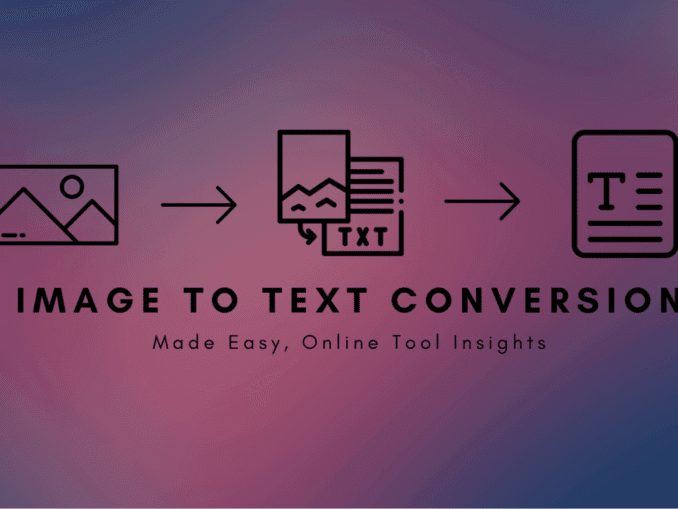Question: Basic XML can be described as:
Answer:
Basic XML can be described as a markup language that uses tags to structure and define data elements in a hierarchical format. XML stands for "eXtensible Markup Language" and is designed to be both human-readable and machine-readable.
In basic XML, the data is enclosed within opening and closing tags. The opening tag starts with a less-than symbol ("<") followed by the tag name, and the closing tag starts with a less-than symbol ("/") followed by the tag name. The data or content between the opening and closing tags represents the value or information associated with that element.
For example, a basic XML structure might look like this:
```xml <book> <title>Harry Potter and the Philosopher's Stone</title> <author>J.K. Rowling</author> <year>1997</year> </book> ```
In this example, the "book" element is the root element, and it contains child elements such as "title," "author," and "year." The text within the opening and closing tags represents the data associated with each element.
XML also allows the use of attributes within the opening tags to provide additional information about the elements. Attributes are specified with a name-value pair and are used to provide metadata or additional details about the element.
Basic XML provides a flexible and standardized way to structure and exchange data between different systems or platforms. It is commonly used in various domains, including web development, data exchange, configuration files, and data representation.
MCQ: Basic XML can be described as:
Explanation:
Basic XML can be described as a markup language that uses tags to structure and define data elements in a hierarchical format. XML stands for "eXtensible Markup Language" and is designed to be both human-readable and machine-readable.
In basic XML, the data is enclosed within opening and closing tags. The opening tag starts with a less-than symbol ("<") followed by the tag name, and the closing tag starts with a less-than symbol ("/") followed by the tag name. The data or content between the opening and closing tags represents the value or information associated with that element.
For example, a basic XML structure might look like this:
```xml <book> <title>Harry Potter and the Philosopher's Stone</title> <author>J.K. Rowling</author> <year>1997</year> </book> ```
In this example, the "book" element is the root element, and it contains child elements such as "title," "author," and "year." The text within the opening and closing tags represents the data associated with each element.
XML also allows the use of attributes within the opening tags to provide additional information about the elements. Attributes are specified with a name-value pair and are used to provide metadata or additional details about the element.
Basic XML provides a flexible and standardized way to structure and exchange data between different systems or platforms. It is commonly used in various domains, including web development, data exchange, configuration files, and data representation.
Discuss a Question
Related Questions
- 1. WiFi is a short name for ___________
- 2. Responsibility of implementation of IT/ITeS Policy lies with
- 3. In India Subject to a ceiling of Rs. 25 crores, Capital Subsidy for Horizontal IT/ITeS Parks shall be
- 4. Match the following terms: <img src="http://examradar.com/wp-content/uploads/2017/02/web-internet-fundamental-mcq-7.png" alt="web-internet-fundamental-mcq-7" width="824" height="226" class="alignnone size-full wp-image-5283" />
- 5. In As per IT/ITeS Policy (2016-21), term BPO refers to
- 6. What is DigiLocker and What is a DigiLocker used for?
- 7. Match the following terms: Applicable to india <img src="http://examradar.com/wp-content/uploads/2017/02/web-internet-fundamental-mcq-8.png" alt="web-internet-fundamental-mcq-8" width="870" height="233" class="alignnone size-full wp-image-5284" />
- 8. Match the following terms: <img src="http://examradar.com/wp-content/uploads/2017/02/web-internet-fundamental-mcq-9.png" alt="web-internet-fundamental-mcq-9" width="829" height="196" class="alignnone size-full wp-image-5285" />
- 9. Which of the following is an anti-virus program
- 10. All of the following are examples of real security and privacy threats except:
You may be interested in:
WEB Internet Fundamental Online Tests






